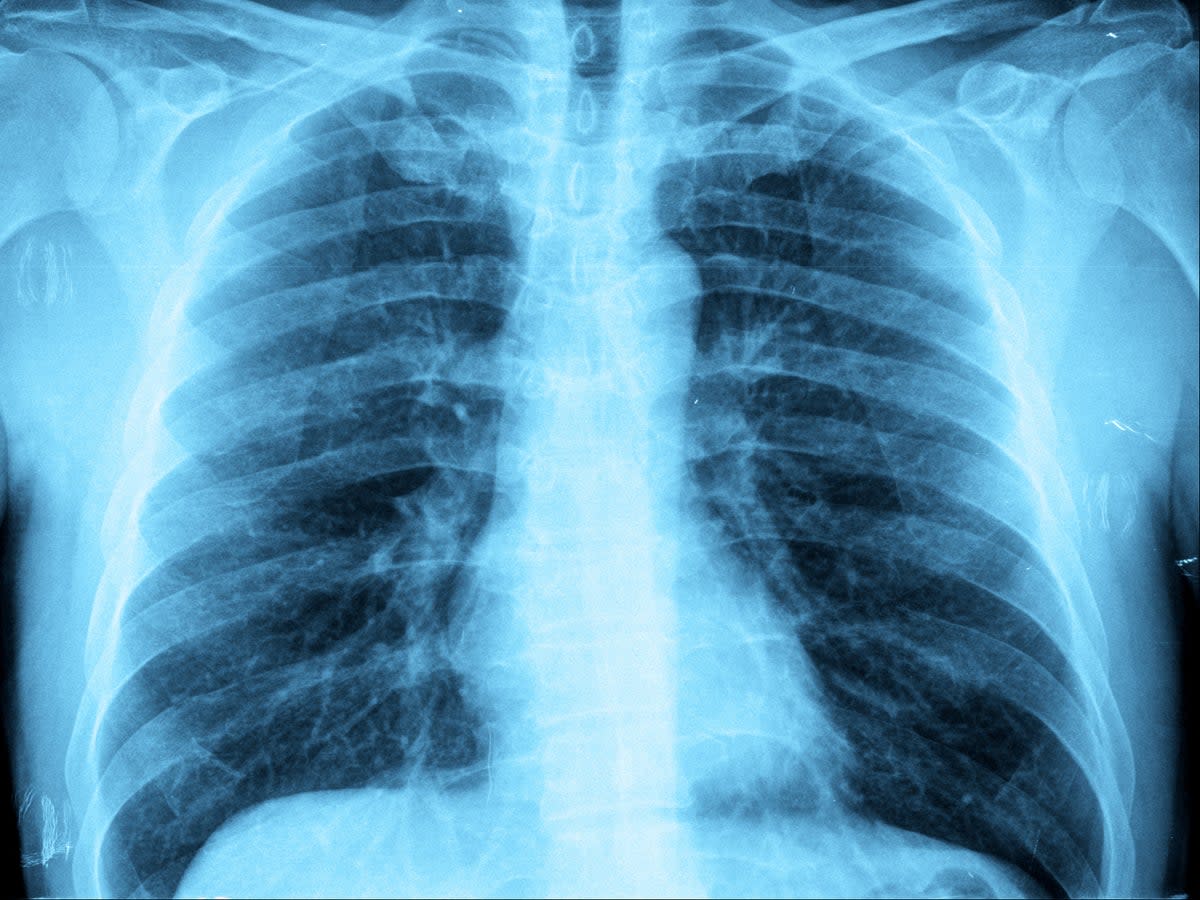What is the mysterious ‘white lung pneumonia’ affecting children in Ohio?

Children in an area of Ohio are being affected by a paediatric surge of cases of pneumonia, some experiencing mycoplasma pneumonia, the same illness that has been seen in outbreaks in Denmark and China.
Warren County Heath District in Ohio said in a statement on Wednesday that they have had an increase in pneumonia cases – 145 reported cases in children between the ages of three and 14 since August.
In an initial news release on Tuesday, the health district confirmed that the spreading illness was deemed an “outbreak” due to the above-average case volumes.
They said the main types of pathogens detected so far were streptococcus pneumoniae, adenovirus, and mycoplasma pneumoniae – the latter currently spreading in China and Denmark.
The average person affected by the illness is eight years old. Cases span several Ohio school districts, yet the health district is currently unsure if there are any common patterns between the children diagnosed.
The district said that the illnesses are not unusual and reported that no deaths have been recorded in relation to the outbreak.
“The increase in reported pneumonia cases is not suspected of being a new/novel respiratory virus but rather a large uptick in the number of typical pediatric pneumonia cases,” they said.
While they stated there has been a “large uptick” in the number of pneumonia cases in Ohio children this year, they said it is “not uncommon” for respiratory illnesses to spread among communities during the colder months.
Similar cases have been seen in China on a larger scale, with respiratory illnesses such as influenza, rhinoviruses and mycoplasma pneumonia, also known as white lung syndrome, circulating in communities.
Respiratory illnesses have reportedly overwhelmed children’s hospitals in China, with one Beijing children’s hospital telling state media CCTV that at least 7,000 patients were being admitted daily.
The Chinese Health Ministry states that the respiratory illnesses are not new and are all known.
Maria Van Kerkhove, the acting director of WHO’s Department of Epidemic and Pandemic Preparedness and Prevention, said the rise in cases among Chinese children could be related to Covid-19 restrictions being lifted in full for the first time.
She said that the restrictions would have kept children away from contracting pathogens, and as most countries experienced a year or two ago, respiratory illnesses rose after restrictions were lifted.
Cases of mycoplasma pneumonia are also spreading in Denmark, reaching epidemic levels and recoding 541 new cases by the end of last week, according to a Danish Ministry of Health research group.
However, Warren County Health District claimed that there has yet to be any evidence linking the Ohio outbreak to other surges, whether statewide, nationally or internationally.
"Having 140 cases in one county is a bit more than we would normally expect," Dr Robert Frenck, a paediatrician in the Division of Infectious Diseases at Cincinnati Children’s Hospital, told Fox News.
"But it’s not unusual to get outbreaks of virus, as we well know from the pandemic a couple of years ago."
What is mycoplasma pneumonia?
Mycoplasma pneumonia is a bacteria that can cause mild infections by damaging the lining of the respiratory system, according to the Centers for Disease Control and Prevention (CDC).
Around two million cases are recorded each year in the US, with surges of the illness peaking every three to seven years.
Experts told NBC that the reason some countries could be experiencing a high number of cases is simply because they were due for a peak.
Once someone becomes infected, symptoms can appear after one to four weeks and usually last longer than typical pneumonia.
The bacteria is spread through coughs and sneezes and is usually spread between people who spend a lot of time together, such as in households, schools, residence halls, and military or care facilities and hospitals.
In Ohio, the Warren County Health District said most children have been experiencing symptoms such as cough, fever and fatigue.
Other symptoms listed by the CDC include a sore throat and headaches. If a child under five contracts the illness, they could also experience sneezing, a stuffy or runny nose, watery eyes, wheezing, vomiting and diarrhoea.
The infection can become pneumonia, where shortness of breath can also be experienced.
In most cases, people can “recover at home and are treated with antibiotics”, the Ohio health district said in its release.
The CDC also said that doctors will usually prescribe antibiotics if someone develops pneumonia from the bacteria infection.
Serious pneumonia, asthma attacks, swelling of the brain, hemolytic anaemia, kidney problems and skin disorders can also be caused or made worse by the infection in severe cases and will usually require hospital attention.
Those recovering from a respiratory illness or who have a weakened immune system are more at risk than others.
There’s no vaccine available, but the Ohio health district and the CDC recommend covering your mouth when you cough or sneeze and washing hands regularly to avoid the spread.

